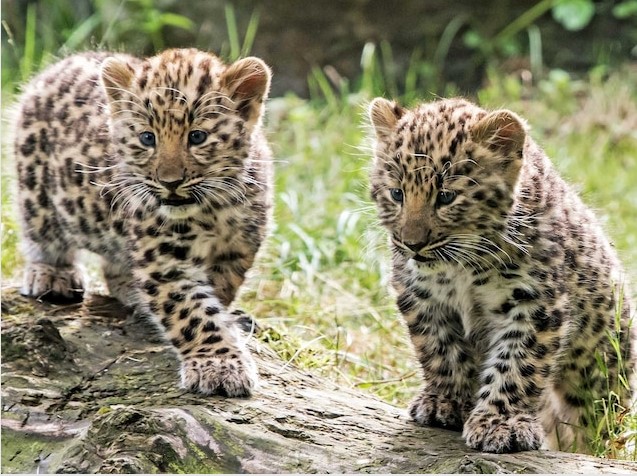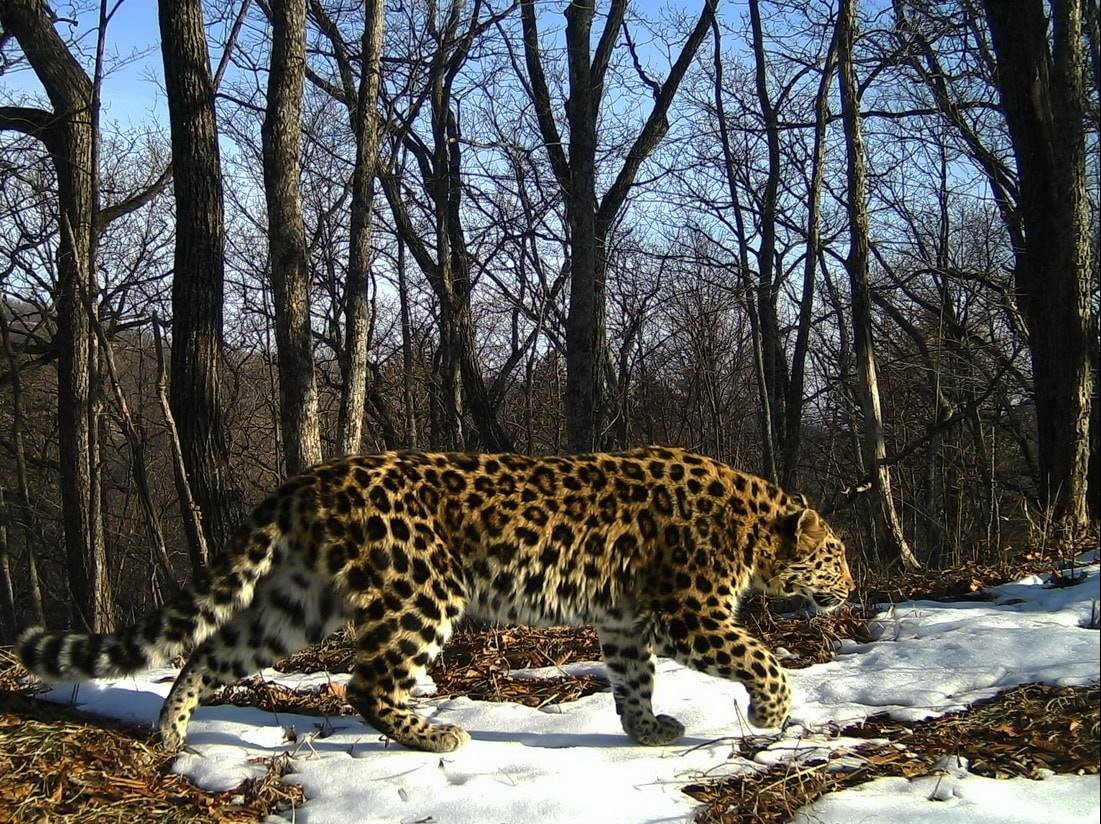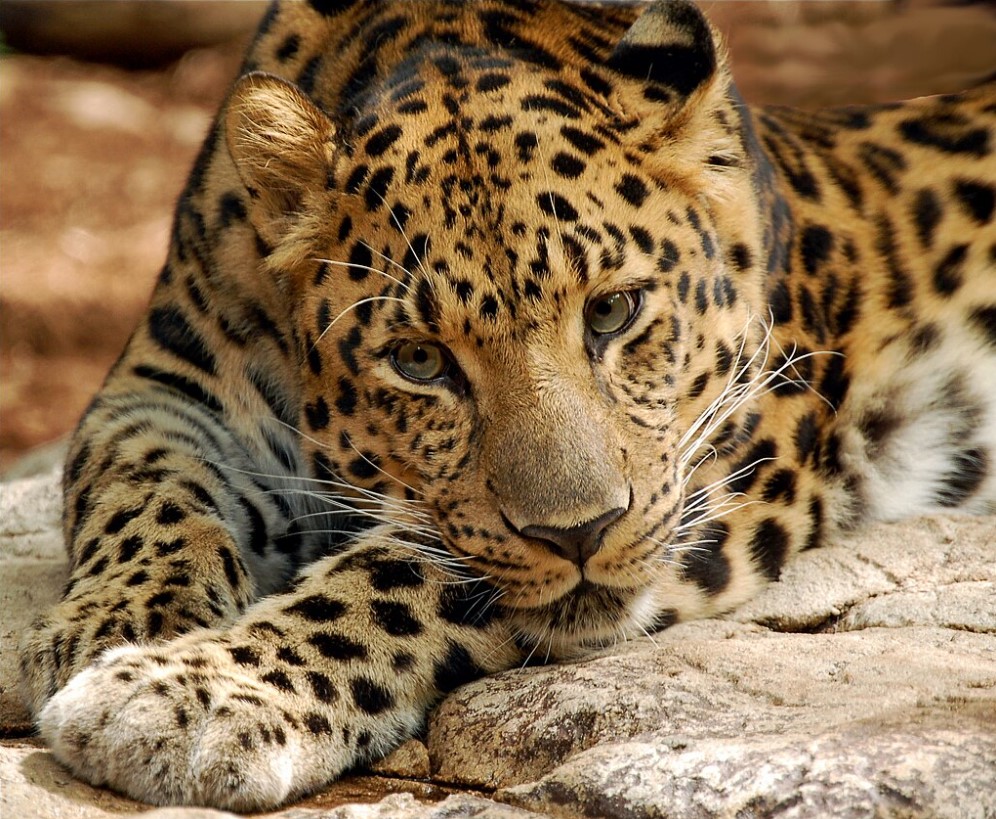





The Amur leopard(Panthera pardus orientalis) is the world’s rarest wild cat in the world. It’s also known as the Far East leopard, the Manchurian leopard, and the Korean leopard. It is one of the 9 subspecies of leopards. They are found in the snowy mountains and the tundras of Russia where they mostly feast on sika deer. They are a Critically Endangered species that is almost at risk of extinction in the wild.
Amur leopards have soft, dense fur with spots that keep them warm from the cold environments they live in. They also have large paws that act like snowshoes to keep them from sinking in the snow. They had small, black spots on their head. The spots on the back, shoulders, and sides formed a ring like a jaguar’s rosette. The large ones on the chest formed a necklace. The tail was spotted and had four black rings at the tip. They weigh about 80 lbs and are 6 to 7 ft long from head to tail.
Amur leopards are mostly solitary, with groups only being a mother and her cubs. Camera traps show that these cats are mostly diurnal, active in the day, and crepuscular, active at dawn and dusk. Their gestation period is 90-105 days. When the cubs are born, they weigh 500-700 g. After 7 days, their eyes open, and between 12-15 days, they begin to crawl. By the second month, they emerge from their dens and also begin to eat meat. They are mostly independent when they are 2-3 years old.
Amur leopards are carnivores and they mostly eat ungulates. They mostly feast on deer like the Manchurian sika deer and boars like the Ussuri wild boar. They never stay put and always follow herds of ungulates. They will also eat rabbits and mice if they can’t find any big prey. Scientists sometimes call Amur leopards the “silent killer” since they’re so good at sneaking up on prey.
Amur leopards are threatened by habitat loss and also by poaching. They are mostly hunted for their beautiful fur, which is prized by poachers. They are also hunted for their bones, which are used in traditional Asian medicine. The forests in their environment are being burned down by fires, both natural and man-made. Also, people are cutting down the forests where they live. Climate change is also causing their habitat to shrink, due to changes in habitat and also decrease in prey. This is leading them to compete with Siberian tigers, which also share their habitat with Amur leopards.